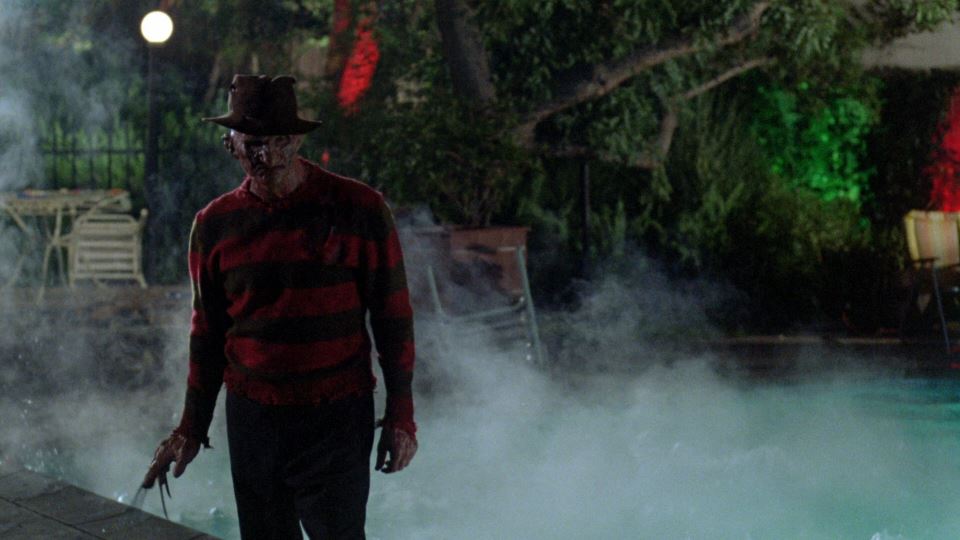It’s a hell of a thing to capture the essence of a person’s life in eight-hundred words. With years of highs and lows, triumphs and tragedies to encapsulate, the job of an obituary writer is not one often thought about when we think of prominent or important pieces of writing in our foray through a newspaper. (Okay, let’s be real, a news website.) But for whatever reason, this profession captured the attention of documentarian Vanessa Gould, and her latest film Obit offers us a day in the lives of the obituary division of the New York Times.
Gould combines fly-on-the wall observation and talking head interviews to catch as complete a picture as possible of how life is at the obituary desk, from deciding who to write about, to conducting the necessary research and interviews about the recently deceased, to getting the piece written and pitching it for a place of prominence in the following day’s print edition. Peppered throughout we get glimpses at the extraordinary circumstances of writing about certain prominent deaths, whether attempting to sum up the life of a prolific and infamous musician like Michael Jackson on a tight deadline or unraveling the mundanities of the utterly average man who dropped the first atomic bomb on Hiroshima. Full credit goes to editor Kristin Bye for compiling the necessary archival footage for some truly breathtaking montages to accompany these retrospective explorations.
As interesting as these obscure life portraits can be, the real meat of Obit lies in the personal experiences shared by the writing staff, whether it’s hunting down the perfect headshot from the photo archive affectionately referred to as “The Morgue,” stressing over encroaching deadlines with an ever-full cup of coffee, or bemoaning a minor mistake that needs to be corrected in the next day’s edition. The team is at times insightful, funny, or awestruck by the immensity of their work, and through them we feel the importance of their task, even if it is somewhat self-imposed. We are offered little glimpse into the personal lives of the writers themselves, but that is fine considering how engaging their workaday personas are and how surprisingly remarkable Gould frames their cubicled lives to be. It does, however, feel as though Gould is struggling to stretch her film to feature length, as Obit feels like it has communicated most of its major theses by the end of the first hour, with the last thirty minutes revisiting old wells of inspiration with minor twists to avoid total redundancy.
Still, I found myself completely engrossed with Obit. Maybe it’s just my own role as a writer that draws me in to narratives about people who share my craft, but I found the poetry and intellectual curiosity of Gould’s subjects to be entirely enthralling, and the package in which it is delivered is entertaining as it is informative. I’m not likely to look at obituaries the same way again.













